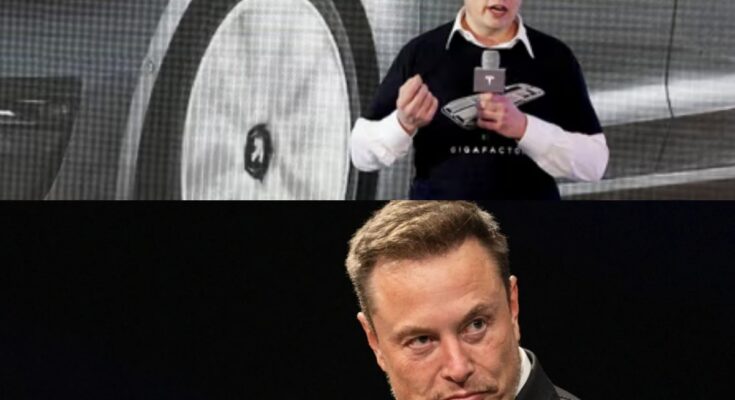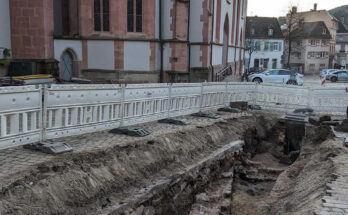Tesla’s net income fell 71% year-over-year, leaving most automakers no longer convinced of Elon Musk’s vision.
CNN news agency said that Elon Musk has an ambition for robotaxi service and Tesla’s Full Self-Driving (FSD) technology, but most other automakers do not believe in this vision when the business results of the richest billionaire on the planet are too bad.
Most traditional automakers such as GM, Ford or VW have withdrawn or reduced the scale of investment in the robotaxi sector, saying that the cost is too high, the legal risk is high and the technology is far from perfect.
71% plunge
The latest report shows that Tesla’s revenue and profit are decreasing, the stock price is plummeting.
In the most recent quarter, Tesla only made a profit of 409 million USD thanks to selling 595 million USD of carbon credits to other automakers.
In particular, Tesla’s net income has decreased 71% compared to the same period last year.
Worse, since 2021, Tesla has earned $8.4 billion from selling federal and state credits, but if the US government abolishes preferential regulations for the electric vehicle industry, this profit lifeline for the company will disappear.
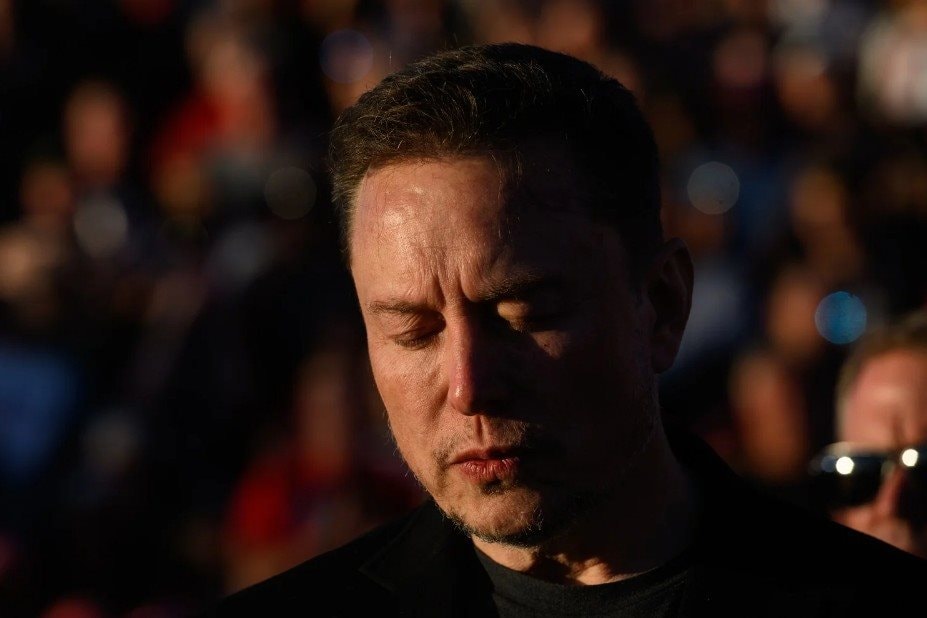
Tesla’s gross profit margin for its auto business is now only 12.5% in the first quarter of 2025, the lowest since 2012 and much lower than the peak of 30% in early 2022.
Therefore, although Elon Musk has put his faith in the “robotaxi” self-driving car service and factory robots to compensate, along with the FSD self-driving technology that has been continuously delayed for many years, most of the auto industry no longer believes in the richest billionaire on the planet.
General Motors (GM) has decided to end the development of robotaxi at Cruise after many years of losses and struggling to overcome safety requirements, with investment costs of up to more than 10 billion USD but not yet reaping significant profits.
This famous American car group said that it could not continue to pump money to expand the scale of robotaxi in the context of increasingly fierce competition and a “saturated” market.
Similarly, Ford and Volkswagen shut down Argo AI after reassessing the potential for expanding self-driving technology, withdrawing their application for a license to operate 2,500 driverless cars annually because the costs and risks did not match the short-term benefits.
Traditional automakers say that investing in robotaxis requires huge costs for developing software, hardware, and supporting infrastructure, while the profit from fares may take decades to offset the initial costs.
In addition, many companies are concerned about the legal risks of accident liability and the need for continuous safety investigations, which will cause significant losses.
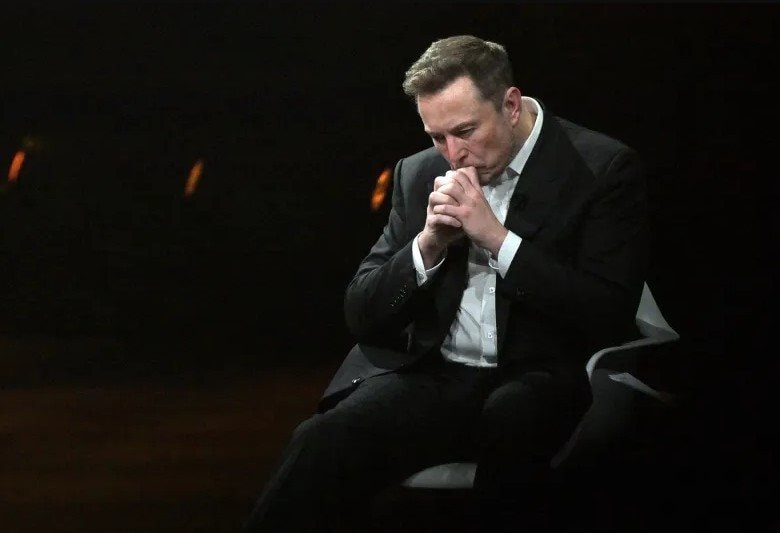
In addition, many companies also lack confidence in this too-new technology.
The evidence is that Tesla has repeatedly missed the milestones to bring FSD to a “fully autonomous” state (no driver supervision – Level 5) over the years, causing many experts and investors to be skeptical about the ability to complete this technology soon.
Even GM and Ford have pulled back when they found it difficult to achieve “Level 5” (full self-driving) on public roads.
Another factor is that in the context of the global EV market being saturated with many new models, carmakers with limited resources do not want to disperse resources into the robotaxi segment, instead focusing on developing traditional EV models and expanding production.
Challenge
Reuters news agency reported that billionaire Elon Musk was confident that robotaxis, fully autonomous cars that do not require drivers, would become a new pillar of Tesla’s profits, with plans to test a paid robotaxis service as early as June 2025 in Austin, Texas.
The world’s richest billionaire’s vision shows that this technology will contribute significantly to the company’s profits by the end of 2026.
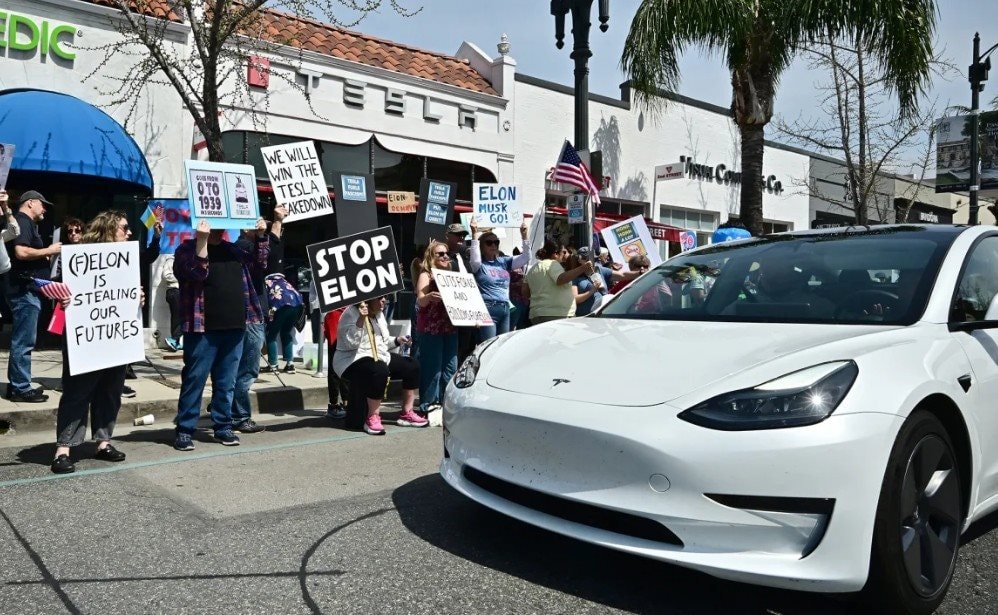
Protesters against Elon Musk and Tesla
At the same time, Elon Musk reiterated his belief that the Full Self-Driving (FSD) feature will eventually allow Tesla cars to run without a driver on any road, and that “robotaxi and robot workers” are the trump cards that can make Tesla’s value far beyond its competitors.
The company is also developing a dedicated “Cybercab” vehicle, expected to be produced from 2026, to optimize costs and performance for this service.
It should be noted that Tesla currently has a huge warehouse of driving data from millions of cars serving customers, considered “gold” for training AI, while many other competitors have to collect it from scratch or rely on limited testing environments.
According to the Tesla boss, robotaxis will generate double or triple the cost of the car over its lifetime thanks to revenue from fares, charging services and operating ancillary infrastructure such as charging stations and parking lots.
CEO Elon Musk predicts that FSD will contribute the majority of Tesla’s revenue growth in the second half of 2026, helping to offset the pressure on margins in the traditional car segment.
However, almost no car company believes in this vision anymore when the challenges and risks are too great.
Unlike competitors such as Waymo, Cruise (GM) or Argo AI (Ford), Tesla only uses cameras combined with artificial neural networks (AI) and does not equip lidar or additional radar.
Elon Musk sees this approach as economical and highly scalable, and claims that the FSD software has achieved reliability that allows the car to travel 10,000 miles with just one human intervention.
However, the US National Highway Traffic Safety Administration (NHTSA) is investigating at least two fatal accidents involving FSD, including a Tesla driving an FSD-enabled car that killed a motorcyclist in Seattle and another self-driving car that caused injuries.
Although the US Department of Transportation has announced a “regulatory framework for autonomous vehicles” to loosen some regulations, the barriers to liability and safety reporting remain major challenges before widespread commercial deployment.
In short, both consumers and many car manufacturers are still reluctant to entrust their lives to Elon Musk’s new technology when the company’s electric cars have also had problems.
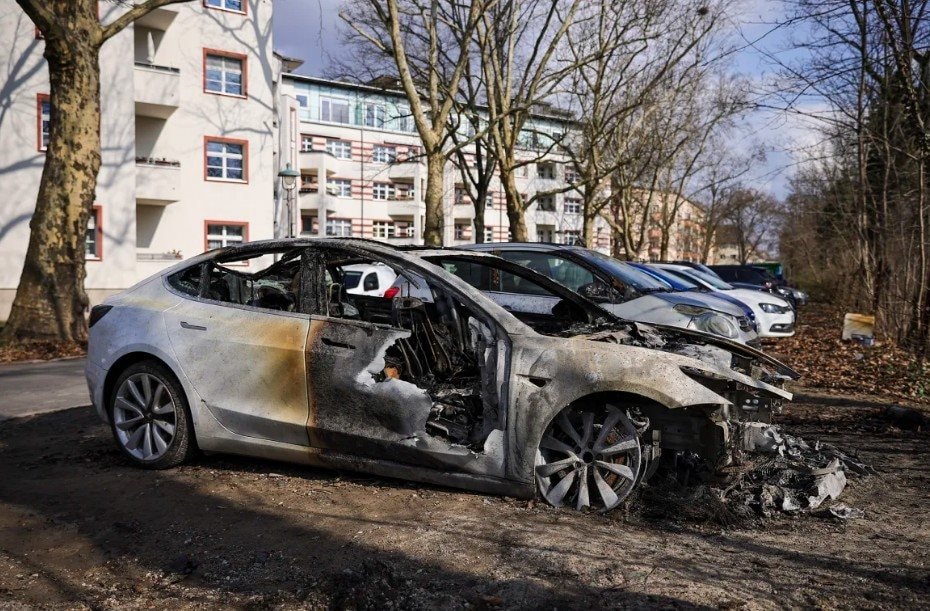
Tesla cars burned by protesters
In addition, Elon Musk’s controversial political activities and overly optimistic promises about FSD have eroded the confidence of some customers and investors.
This could lead to NHTSA and other regulators tightening regulations after accidents, directly affecting the progress and cost of robotaxi deployment.
According to Reuters, Elon Musk continues to promote the robotaxi vision and FSD as a trump card to help Tesla stay ahead of all competitors, based on advantages in data, software and early launch plans in mid-2025.
However, failures and withdrawals from GM, Ford, VW, along with concerns about costs, safety, and reputation have shown that this road is not smooth.
